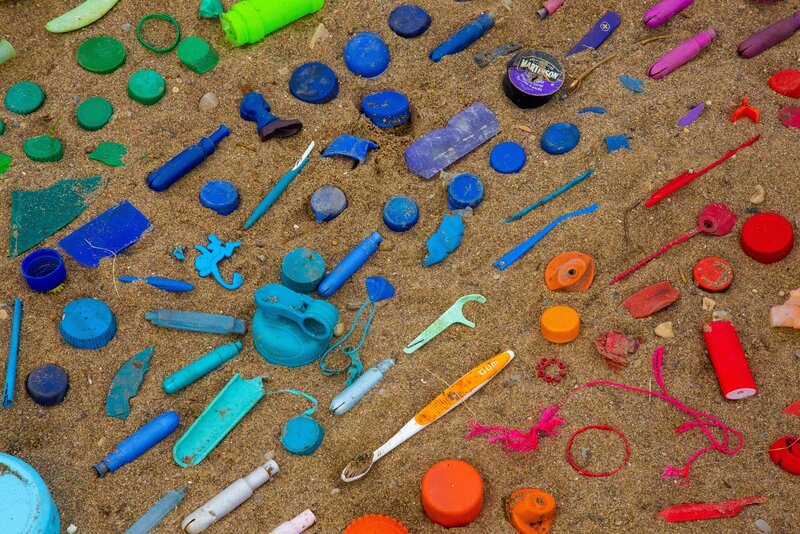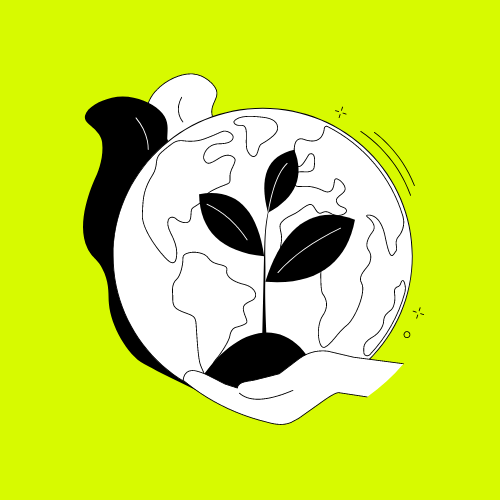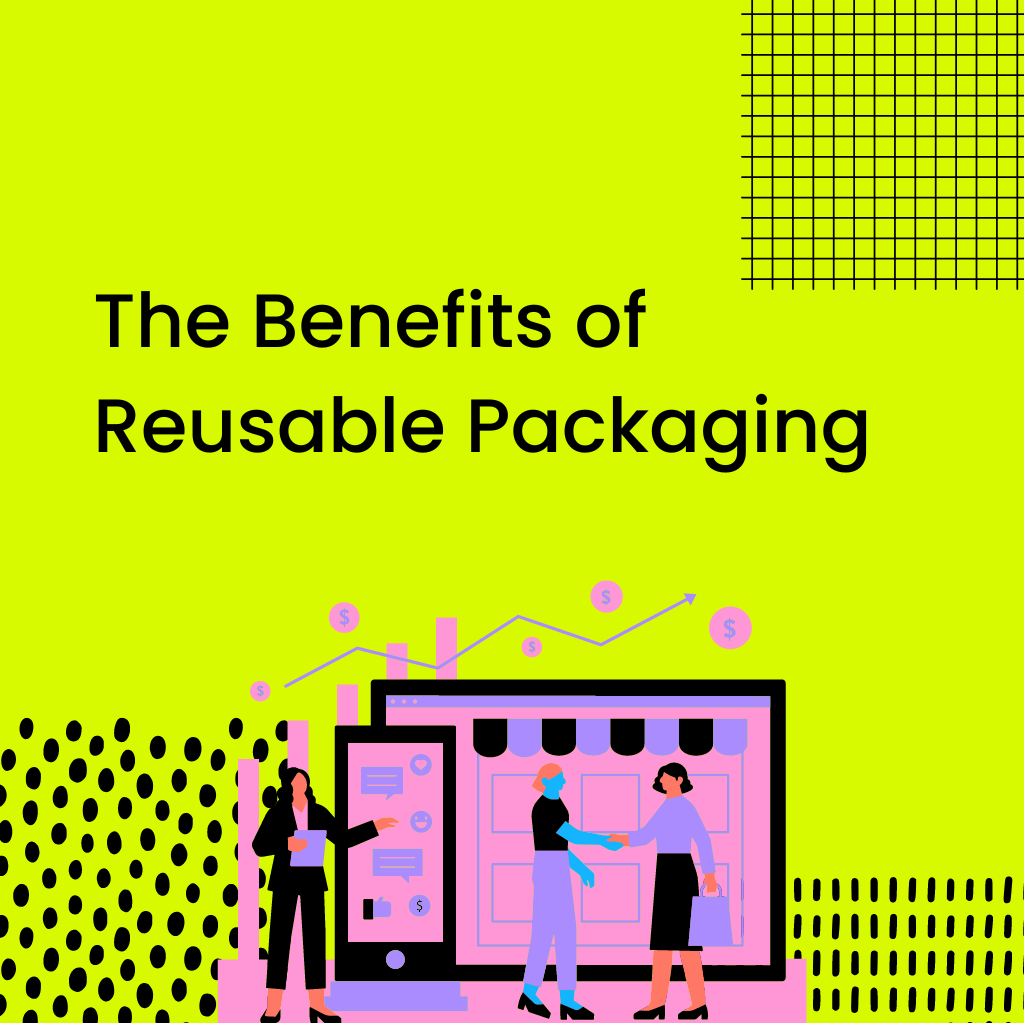What will it take to solve the plastics problem?
If you’re reading this, you likely already know that the flood of plastics filling our oceans is a problem. For decades, we’ve recycled religiously and supported cleanup efforts. Still, the scale and complexity of the plastic waste crisis demand a strategic approach. How will human ingenuity get us out of this one?
Two years ago, 60 Minutes highlighted a young ecopreneur named Boyan Slat who created The Ocean Cleanup. The Ocean Cleanup is working to deploy 60 massive plastic cleanup devices into the Great Pacific Garbage Patch, an area twice the size of Texas where ocean currents gather and deposit plastic debris. Boyan’s goal is to reduce the size of the patch by 50% in 5 years, and his work has attracted tons of capital and sparked a lively debate about what it will take to solve the plastic waste problem. Obviously, shrinking the size of the Great Pacific Garbage Patch would be a good thing, yet people wonder whether our focus might best be placed on keeping plastics out of the ocean in the first place.
At this point, our plastics problem is like a bathtub overflowing with water. The smartest first step would be to turn off the tap.
Looking Up and Downstream 🚣🏽♀️
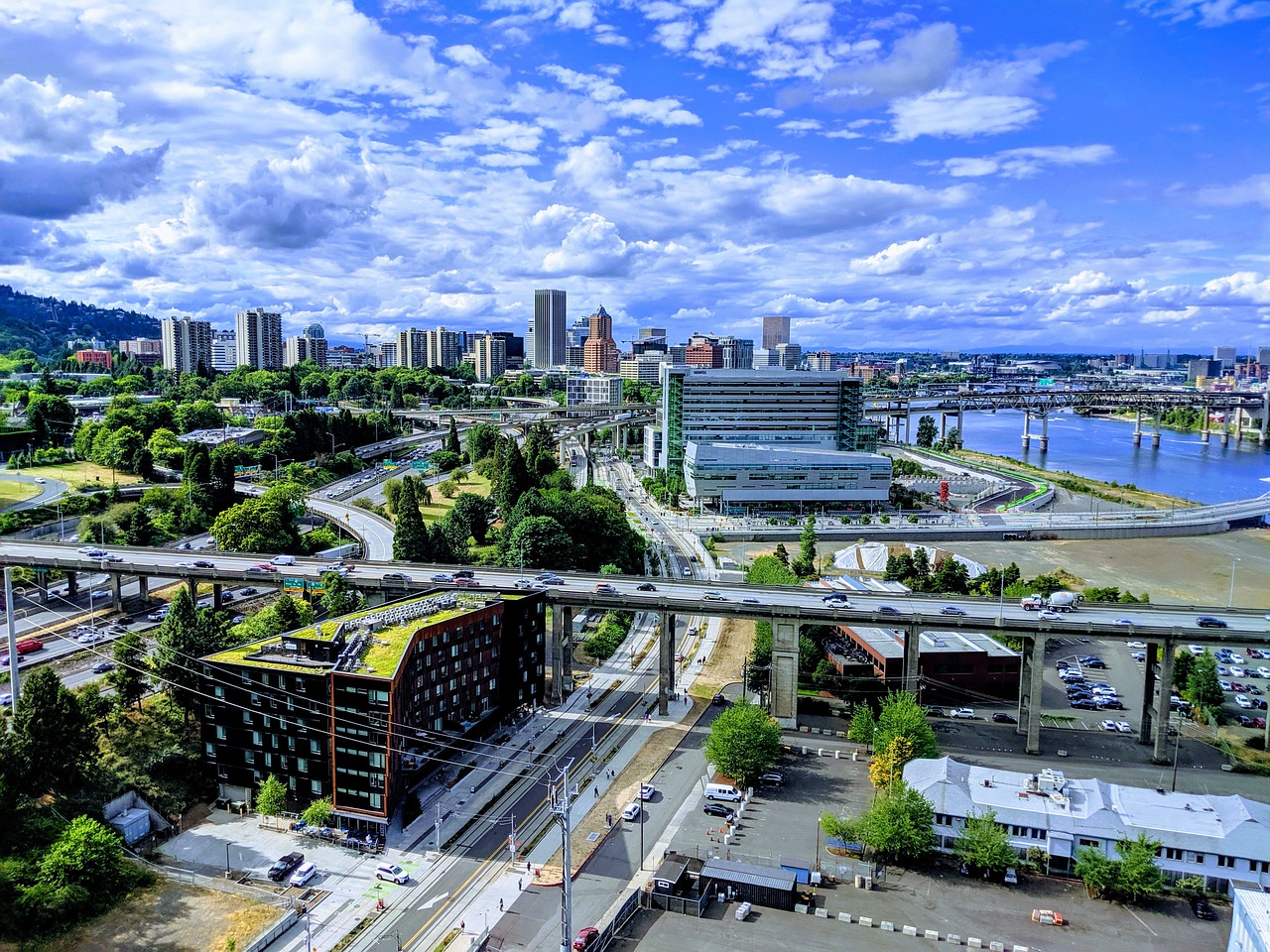
We can conceptualize our goals of addressing the plastics problem in terms of upstream and downstream solutions. The closer to the source of the problem you get, the easier it is to solve. Let’s take Portland for instance. We are a river town whose watershed drains into the Pacific via the Willamette and the Columbia rivers. Plastic is entering our oceans, and an obvious way to cut off the waste stream would be to reduce plastics consumption. Solutions that eliminate the need for plastics, especially single-use plastics, are positioned as far upstream as one can get. Solutions like these effectively “turn down the tap,” easing the strain on our waste systems caused by plastic waste.
Much can be done to minimize plastic waste, but some forms of responsible recycling and disposal will continue to be necessary until wide-scale solutions are developed. Even Bold Reuse containers, after a long life of usage, eventually enter the recycling system to be upcycled into new products.
If we want to achieve long term changes, other producers of plastic products must take responsibility for the entire lifecycle of their goods — from material extraction to when that material is disposed of, reused, repaired, or recycled. The most sustainable solutions to the plastic crisis will involve re-designing high waste systems into circular models where the product life cycle can be responsibly managed.

End users cannot be blamed entirely for the effects of the products that they purchase. This applies especially when customers are tricked by greenwashing marketing schemes and believe that products are more recyclable and sustainable than they truly are.
Of course, wasteful consumption habits at the individual level must be addressed, but choices made at the producer level have much higher consequences. Oftentimes, items with the recyclable symbol are recyclable only in theory. When most plastics are “recycled,” they are actually downcycled into inferior materials that cannot be recycled again, or worse, discarded or incinerated. In these cases, recycling actually only extends the life cycle of the material for one additional use.
This differs greatly from our perception of recycling: that products are melted down and repurposed in perpetuity. The illusion of recyclability allows producers to escape accountability while their products clog waste management systems and leak into the environment, all in the name of profit. Producers that pump waste into our ecosystems should contribute to the cleanup efforts that exist as a result of their irresponsible actions.
Clearly, there is much room for improvement. Our waste management systems are overdue for re-designs that minimize environmental degradation and waste leakage As of 2016, 37% of plastic waste is thought to have leaked into the environment due to mismanagement. The majority of these plastics are from single-use household products. At the local level, we can innovate upon Portland’s current waste management system and work for more sustainable solutions. Setting up storm drain plastic capture devices, improving access to waste disposal and effective recycling programs would go a long way toward reducing Portland’s plastic pollution.
Reducing Plastic Pollution on the Willamette 🐟
Capturing plastic from our rivers is another essential step toward reducing our environmental impact. Recent estimates suggest that 80% of marine plastics enter the ocean from land-based sources. Rivers play a key role in transporting those plastics to the ocean. If leaked plastic from Portland continues to flow freely down the Columbia and Willamette rivers, that plastic will end up in the ocean harming marine environments. Luckily, we have a chance to halt the stream of plastics while it’s still in our neck of the woods.
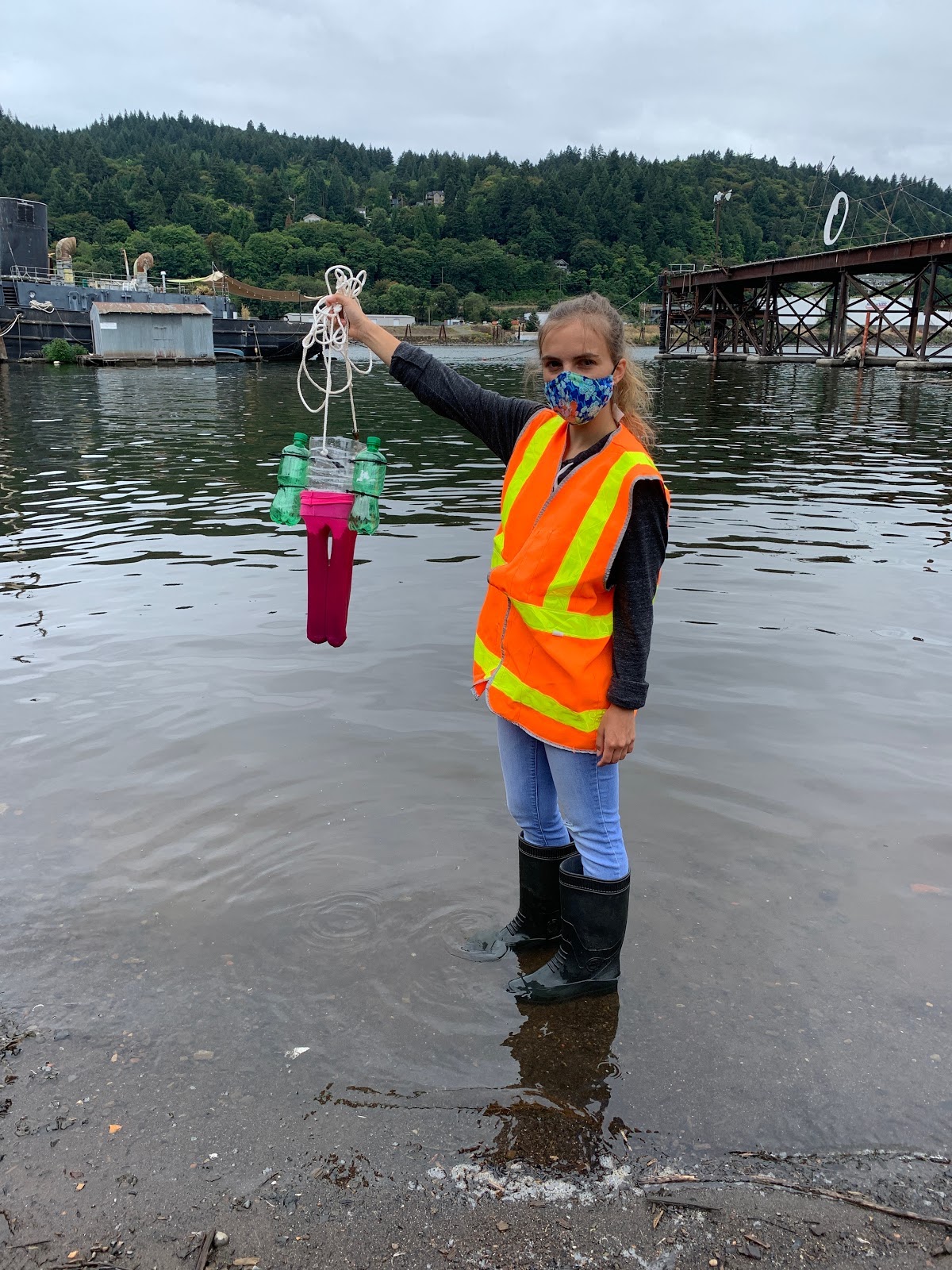
Olivia Helinski holding her BabyLegs capture device, a simple design built to sample microplastics.
At the University of Portland, students are researching the lifecycle of plastics and designing a device for removing plastic from the Willamette. This work is a part of a growing body of research trying to understand the health and environmental impacts of plastic.
As plastic is exposed to sunlight and the elements, it breaks down into smaller and smaller particles until they are entirely microscopic -these are called microplastics. The health impact of these particles is not entirely understood, but they are known to affect hormonal systems and they bioaccumulate in the ocean creatures that we eat. It’s important then, that we learn how to remove microplastics from the environment.
Students at the University of Portland are getting creative to generate invaluable data on a shoestring budget. Armed with her recent findings, Olivia Helinski will spearhead an ongoing project with an interdisciplinary team of 5 engineers designing a plastic pollution reduction device for the Willamette River.
Looking Ahead 🌅
Unfortunately, cutting off the streams of plastics entering the oceans is not enough to solve our problems. The plastics that have already proliferated marine environments are highly problematic and will remain until they are removed. Fleets of watercraft that comb the ocean for plastics will be a highly expensive yet essential piece of solving this problem. Boyan Slat’s fleet of devices in the Great Pacific Garbage Patch may seem silly now, but they may be ahead of their time.
While downstream solutions like combing the oceans are necessary to save our marine environment, the fastest and most effective ways to make an impact now involve changing our systems locally. Eliminating waste at its source is by far the most sensible solution available to us. We envision a future where GO Box is part of a wider ecosystem of reuse, eliminating plastic waste across the country. This begins at the individual level when we expect more from companies that pollute with single-use plastics. The cumulative power of our small choices can go a long way to build a better future. The tide is shifting and it’s time to join the reuse revolution!
Curious to learn more about what’s happening at GO Box?
Here are some of the places we like to hang out:

